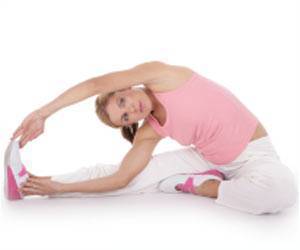Physical activity of divorced men and women who found a new spouse is affected. The total number of non-exercise steps reduced during a four-year follow-up study.

‘Taking aerobic steps, i.e. steps taken during activities that last for at least 10 minutes without interruption at a pace of 60 or more steps per minute can improve your physical fitness.’
Read More..




"It seems that the changes in relationships affect the physical activity of men and women differently," says postdoctoral researcher Kasper Salin from the University of Jyväskylä, Faculty of Sports and Health Sciences.Read More..
The study also investigated the relationship between socioeconomic position and changes in physical activity.
Among the men and women with the highest socioeconomic status, the number of aerobic steps increased significantly over the four years.
Here, aerobic steps refers to steps taken during activities that last for at least 10 minutes without interruption at a pace of 60 or more steps per minute.
"It is likely that they have added longer lasting and more intense physical activity, such as walking," Salin says.
Advertisement
In the study, 1051 participants had valid pedometer data in 2007 and 2011. At the beginning of the monitoring period, the subjects were between the ages of 34 and 49. The total steps increased slightly during the four-year follow-up period.
"Longer-term monitoring of objectively measured physical activity is rare," says Salin. "The pedometer used in this study provides a more reliable picture of overall activity than, for example, a traditionally used questionnaire."
Increasing the number of steps over a four-year follow-up period is a particularly positive thing.
"The monitoring period, however, showed that the rise in the number of steps focused on the highest social classes, especially in aerobic steps," says Salin. "From the point of view of maintaining physical fitness and working ability, it is important to add aerobic steps."
Steps accumulate over the course of the day on several occasions if a person gives an opportunity for it.
"Actual exercising is not needed in order to add steps to daily life," Salin explains. "Instead, attention should be paid to everyday choices. You could walk instead of driving or take stairs instead of an elevator."
Source-Eurekalert















